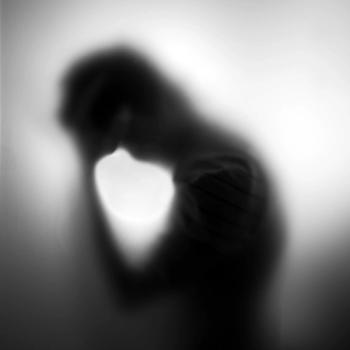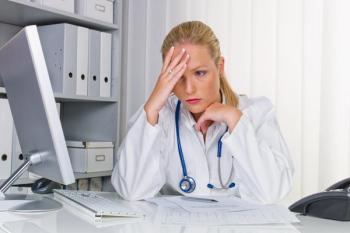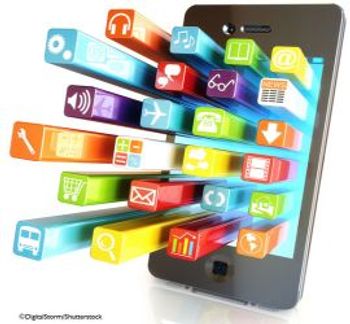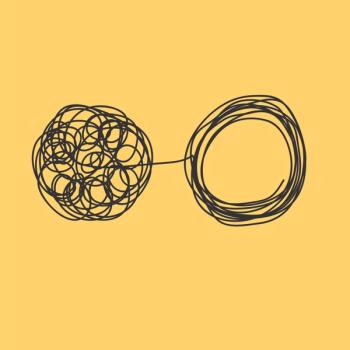
The Clean Air Act (CAA) turned 55 years old last year. Most millennials and Gen Xers have had little idea what this legislation has meant for us, even though it may have given us each almost a year of productive life.

The Clean Air Act (CAA) turned 55 years old last year. Most millennials and Gen Xers have had little idea what this legislation has meant for us, even though it may have given us each almost a year of productive life.

The current Tree of Medicine is rooted in its Hippocratic soil. There are moral absolutes that our profession should stand up for, in spite of legislative or popular pressure, say the authors.

What are the core components of a therapeutic risk management framework for a suicidal patient? Find out in this quiz.

Just because something is legal does not make it ethical, in the opinion of this psychiatrist, who turned down an invitation to be a presenter on the topic of PAS.

Cannabis is a widely used drug of abuse in adolescents. With legalization of marijuana, adolescent cannabis use may increase substantially.

If psychiatrists can stand ready to help survivors of cults and kidnappings, and returning POWs, how is a child suicide-bomber applicant with approving parents any different?

The association between traumatic brain injury and negative psychiatric outcomes has a relatively long history. A review of the current state of the science and strategies for intervention.

Suicide is a leading cause of global mortality in those aged 25 years or younger. How can we promote safe communication about suicide in the digital age?

A layperson's perspective after deliberating on the meaning of suicide for decades after the loss of his wife.

A teaching moment never to be forgotten, little did the author know that this action on his patient's part would be the harbinger of an amazing career looking after physicians.

In a national epidemic of caregiver distress and suicide, what barriers still stand in the way of seeking mental health treatment for medical professionals?

Opioids, suicide, and Alzheimer disease all play a large role in the life expectancy drop reported by the CDC.

The incidence of suicidal ideation and self-harm behavior increases rapidly during adolescence and represents a period of heightened suicide risk.

Finding meaning helps to reframe the experiences of our own lives, not as events to hide in shame or guilt, but as experiences that made us physicians we are today.

Although psychiatrists may be better trained to treat suicidal patients, most patients with suicidal ideation are receiving care outside of specialty psychiatric settings and can benefit from interventions in primary care.

More than a slogan, the zero suicide approach applies evidence about what works in the detection, treatment, and management of individuals with intense suicidality.

Determining how to ensure delivery of excellent care while balancing medicolegal demands may seem to be an impossible task. When done in a collaborative way, safety planning can help the clinician better understand risk and targets for intervention.

A quiz about non-pejorative suicidal self-directed violence nomenclature.

Professionals in our fields are even more reluctant than the general public to seek mental health care because of stigma and negative career consequences. Here are 10 ways to address mental "unwellness."

Where does suicide rank as cause of death among young people? Find the answer and a discussion in this quiz.

Why do we, the experts in understanding the mind, have so much difficulty in addressing and improving our own mental health? Dr Moffic introduces our Portrait of a Psychiatrist series.

Even while attitudes are opening up about mental health and suicide prevention, the rate of suicide continues to rise in the United States.

In the wake of the unfortunate passing of several high-profile individuals, media headlines illustrate a challenge regarding how best to speak and write about suicidal self-directed violence.

Combining clinical wisdom, skill, and knowledge may allow us to shift the trend toward increasing suicide rates and provide care that helps youths build lives they want to live.

This article provides a brief synopsis of the research regarding the use of psychotherapy to manage suicidal behavior, followed by several examples of strategies that such treatment employs.